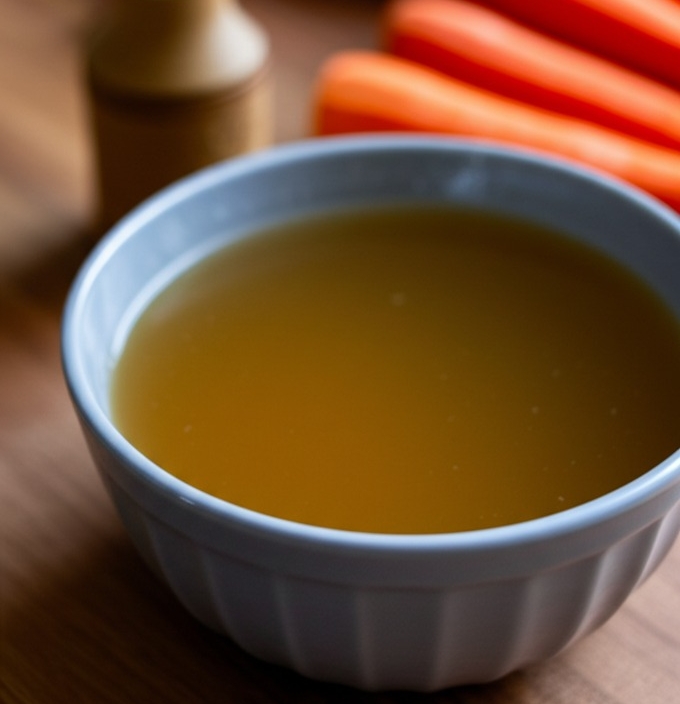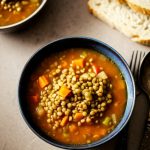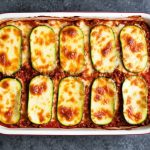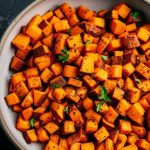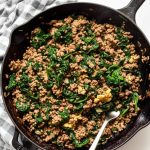There are certain staples that form the very backbone of our homestead kitchen, ingredients that we rely on time and time again to nourish our family. Rich chicken bone broth is undoubtedly one of them. It’s more than just a base for soups and stews; it’s a deeply nourishing elixir, brimming with minerals and the goodness that comes from slow, intentional cooking.
Our journey to making truly rich bone broth starts with our flock of organically raised, pasture-raised chickens. We believe in giving our birds the best possible life, allowing them to roam freely and forage as nature intended. When it comes time, we honor their contribution by utilizing every part of the animal. After a delicious roasted chicken dinner, the carcass and bones don’t go to waste – they are the foundation for our liquid gold. We often save up chicken backs, feet (if we’re feeling adventurous!), and wings in the freezer, knowing they are particularly rich in collagen.
The vegetables that join the bones in this slow simmer are often from our own garden. We believe in the power of organically grown produce, free from unwanted pesticides and herbicides. Carrots, still with a bit of earth clinging to their unpeeled skins, celery stalks with their fragrant leaves, and a whole onion, skin and all, contribute their unique flavors and nutrients to the broth. We simply give them a good scrub and roughly chop them – no need for fussy peeling here.
Before the long simmer begins, we give the bones and vegetables a good roast in the oven, drizzled with a generous dollop of beef tallow rendered from our grass-fed cows. This roasting step is key; it deepens the flavor of the broth, giving it a beautiful, rich, almost caramelized note and a lovely dark color. Plus, using beef tallow, a traditional fat, adds its own beneficial fatty acids. We avoid seed oils for this process, opting for this more heat-stable and nutrient-dense option.
Once roasted, the fragrant bones and vegetables are transferred to our trusty slow cooker. We add a splash of organic, unfiltered apple cider vinegar, which helps to draw out the minerals from the bones. Bay leaves, a sprinkle of sea salt, and a few peppercorns round out the simple seasonings. Then, we cover everything completely with our filtered well water.
The magic truly happens during the long, slow simmer. We set the slow cooker to low and let it bubble away gently for a full 24 to 48 hours. The longer it simmers, the richer and more flavorful the broth becomes. Throughout the process, we keep an eye on the water level, adding more as needed to ensure the bones remain submerged. The aroma that fills our home during this time is simply divine, a comforting promise of the nourishment to come.
Finally, the broth is strained through a fine-mesh sieve, leaving us with a beautiful, clear liquid. We pour it into jars, ready to be stored in the refrigerator or freezer for future use. It’s always a satisfying moment, seeing those jars filled with the liquid essence of our homestead.
Our homemade chicken bone broth often gels upon refrigeration, a testament to its high collagen content – something we know is so beneficial for gut health and overall well-being. Even if it doesn’t gel perfectly every time, we know it’s still packed with goodness.
Making our own bone broth is a deeply ingrained practice here on the homestead. It’s about resourcefulness, utilizing every part of what we raise and grow. It’s about nourishing our family with a foundational ingredient that’s free from processed additives and packed with natural goodness. It’s a labor of love, a slow and steady process that yields a truly invaluable treasure in our homestead kitchen.
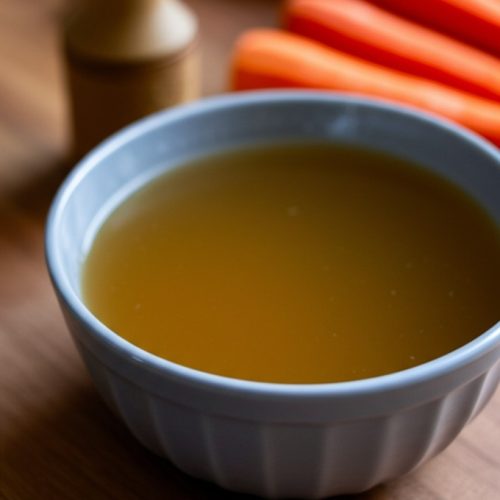
Rich Chicken Bone Broth
Ingredients
- 3 lb Assorted chicken bones (organic, pasture-raised) Make sure about half your bones are collagen-rich, such as chicken backs, feet, or wings. Sourcing from organic, pasture-raised chickens ensures higher quality and fewer contaminants.
- 2 Carrots (organic) clean, unpeeled, cut into chunks. Organic carrots minimize exposure to pesticides.
- 1 Celery with leaves (organic) cleaned, unpeeled, and quartered. Using organic onions avoids potential herbicide residues.
- 1 Onion (organic) cleaned, unpeeled, and quartered. Using organic onions avoids potential herbicide residues.
- 6 cloves Garlic (organic) unpeeled. Organic garlic is preferable to avoid synthetic fertilizers and pesticides.
- 2 tbsp Beef Tallow (from grass-fed cows) A traditional fat source, rich in nutrients and stable at high temperatures. Avoid seed oils like olive oil.
- 2 tbsp Apple cider vinegar (organic, unfiltered) Organic, unfiltered ACV retains more beneficial enzymes and probiotics.
- 2 Bay leaves
- 1 tsp Sea salt
- ½ tsp Black peppercorns
- 12 cups Filtered Water
Instructions
- Preheat the oven to 400 degrees F (200 degrees C).
- Place chicken bones, carrots, celery, onion, and garlic cloves on a baking sheet; drizzle with beef tallow. Toss to coat.
- Roast in the preheated oven for 30 minutes, stirring halfway through.
- Transfer roasted bones and vegetables to a 6-quart slow cooker. Add vinegar, bay leaves, salt, and peppercorns; cover completely with filtered water.
- Cook on Low for 24 to 48 hours (but not any longer), adding 1 to 2 cups more filtered water during the cooking process as needed to keep bones submerged. Strain broth using a fine-mesh strainer. Pour into jars and refrigerate until ready to use.
